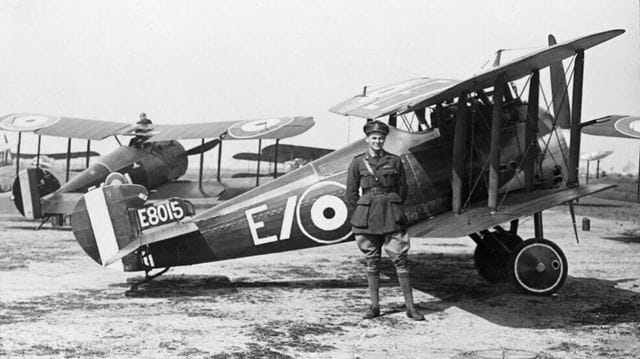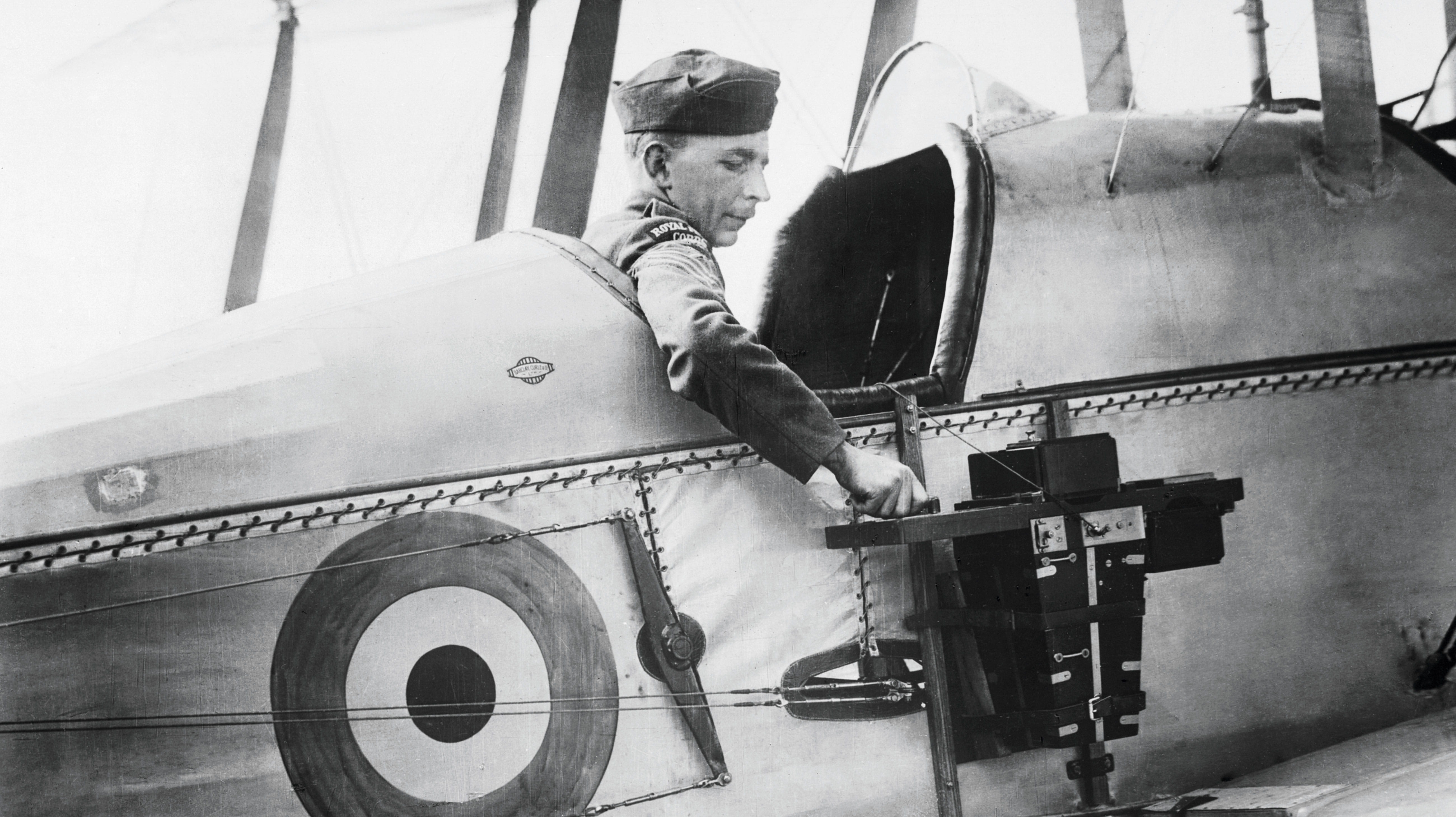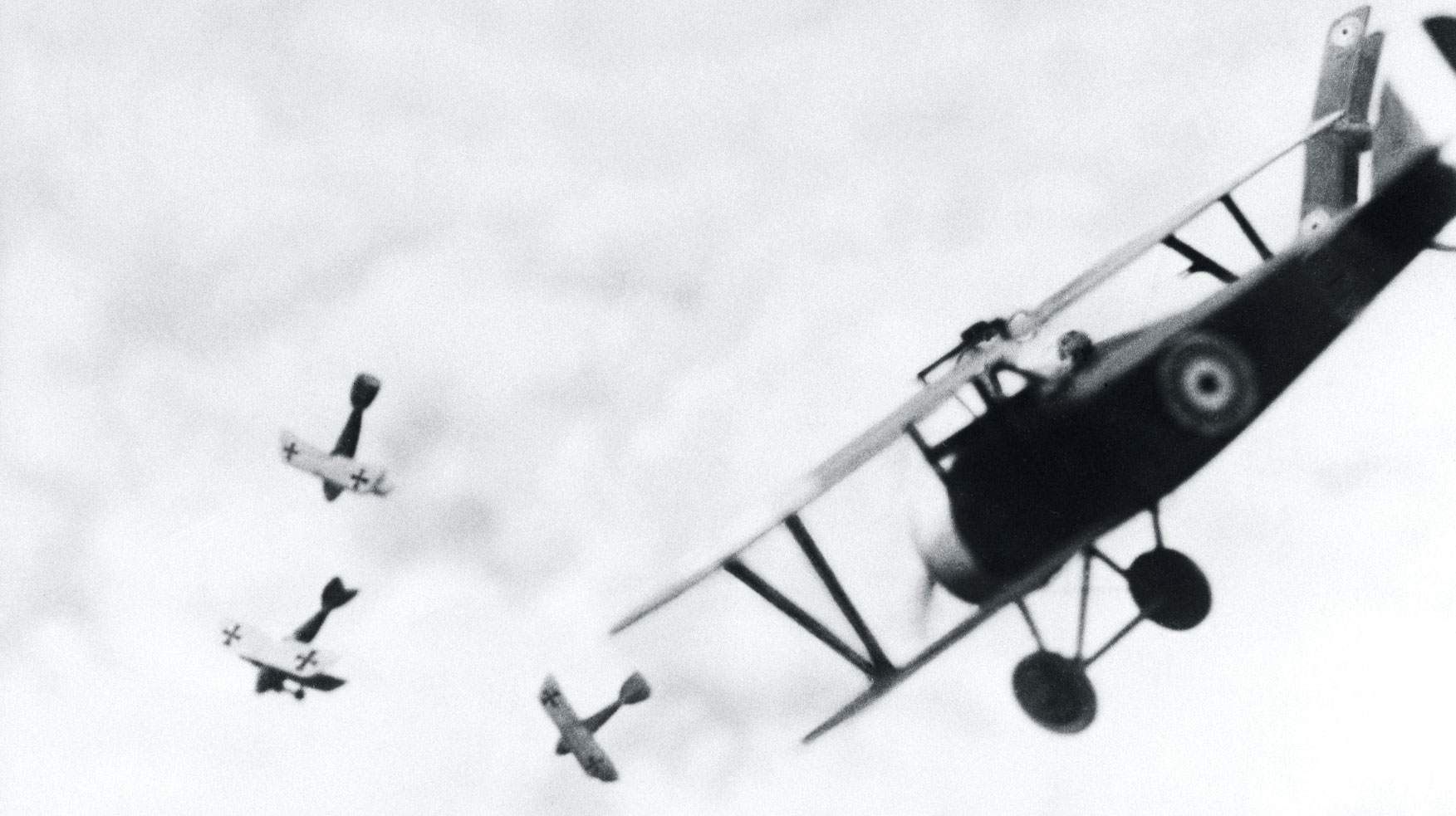
Last year the RAF celebrated its centenary – the perfect time for Boundless to look back over the early history of Britain’s air force during WW1
If the Royal Air Force was a UK citizen, it would have received a telegram from the Queen on 1 April 2018, with congratulations for reaching its hundredth birthday and, one would expect, a note of thanks for keeping the skies above Britain and Her Majesty’s dominions safe for the last century.
The debt the country owes to the pilots, engineers, navigators, flight- and ground crew of the RAF is enormous – yet it was lucky to survive its first year, let alone see in 2018 with an unbeaten century on the scoreboard.
The RAF was born amid the fear and fury of WWI, in the fiery wake of the first air attacks over Britain. Zeppelins had been dropping incendiary devices on England since 1915, but by 1917 biplanes were raining bombs too, spreading panic and drawing resources away from the Western Front.
Discover more of our stories
How you can support armed forces veterans at the Royal British Legion Poppy Factory
Support the work of the British Red Cross around the world
How to volunteer for the NHS as an Emergency Care Assistant
Britain’s own air force
Although the British Army and Admiralty had planes and pilots at their disposal, no independent air force existed – which made a planned response to enemy attacks problematic. On 1 April 1918, the Lloyd George government merged the Royal Flying Corps (the air arm of the British Army) and the Royal Naval Air Service to form the Royal Air Force.
Brigadier General Hugh Trenchard became the first Chief of the Air Staff, and is often credited as ‘the Father of the RAF’, despite his initial opposition to it. Following a furious dispute with the new Air Minister, Lord Rothermere, Brigadier General Trenchard resigned within weeks, and was replaced by Major General Frederick Sykes. It was a bumpy take off for a new service thrust straight into a heavily politicised fight for limited resources.

An RFC sergeant with reconnaisance camera on a BE2c aircraft in 1916.
The RAF in battle
German air attacks on Britain were waning by mid-1918, but one night in May, 43 German planes attacking Dover and London were met by 84 RAF fighters. On the Western Front, pilots flew over blood-soaked battlefields, photographing and reporting troop positions, and inflicting low-level bombing and strafing attacks on the enemy.
In the nation’s memory, the RAF’s formative era is populated by Biggles-like air aces, flying Sopwith Camel biplanes in deadly duals with infamous German pilots including the Red Baron (Manfred von Richthofen). The feats of pilots such as Mick Mannock and Cyril Lowe are indeed legendary, but reflect only a fraction of the Force’s early history.
The embryonic RAF was effective across various theatres of war – mainly performing routine tasks rather than glamorous actions – because its independence from Britain’s other armed services meant it could be deployed wherever planes were most required.
It was the very unsexy Royal Aircraft Factory RE8 reconnaissance plane, not the Sopwith Camel, that was probably the most important aeroplane to be operated by the RAF in the First World War,” says Michael Napier, former Tornado pilot, RAF historian and author.
Michael’s new book, The Royal Air Force, a Centenary of Operations, describes how some squadrons repulsed enemy attacks while others provided aerial observation, assisted ground troops during offensives, provided an eye in the sky while escorting naval convoys, and patrolled the British coastline, looking for lurking U-boats. A precursor of Bomber Command also staged attacks against factories, railways and airfields in Germany.

Flying between world wars
The RAF emerged from WWI much emaciated. Trenchard returned in early 1919, with then-Minister of Munitions Winston Churchill preferring his version of a stripped-back air service to Sykes’ far more expansive vision. Its ranks shrank from 204 squadrons in 1918 to 29 by March 1920 Despite this, the RAF policed the empire during the 1920s and ’30s – when operations took place in India, China and across the Middle East – using ‘Air Control’, whereby dramatic displays of aerial force were often sufficient to quell trouble.
The interwar period also saw RAF pilots and planes participating in pioneering long-distance flights and international competitions such as the Schneider Trophy Air Race, setting speed and distance records and pushing the boundaries of aviation technology in the process. By the end of the 1930s, however, with fascism rising across the continent, war clouds once again gathered. The RAF was expanded and made ready for battle.
Key dates in RAF history
- 1 April 1918: The Royal Air Force is formed from the amalgamation of the British Army’s Royal Flying Corps (RFC) and the Royal Naval Air Service (RNAS).
- 11 November 1918: WWI ends and the RAF is drastically downsized.
- 1919-1921: RAF squadrons continue to conduct operations in Russia, Mesopotamia, Palestine and the Dardanelles.
- March 1921: The Cairo Conference sees Britain adopt the Air Control policy, where a small number of RAF planes police the Middle East and wider empire.
- April 1929: An RAF crew flies non-stop from RAF Cranwell to Karachi (then in India) to set a new distance record.
- 1936: Bomber Command is created.
In part two we'll look at the RAF's history from 1939 to the present day, including World War II, the Suez Crisis, the Falklands War and the Gulf War.
Find out about the latest Boundless events where you can meet other members.

